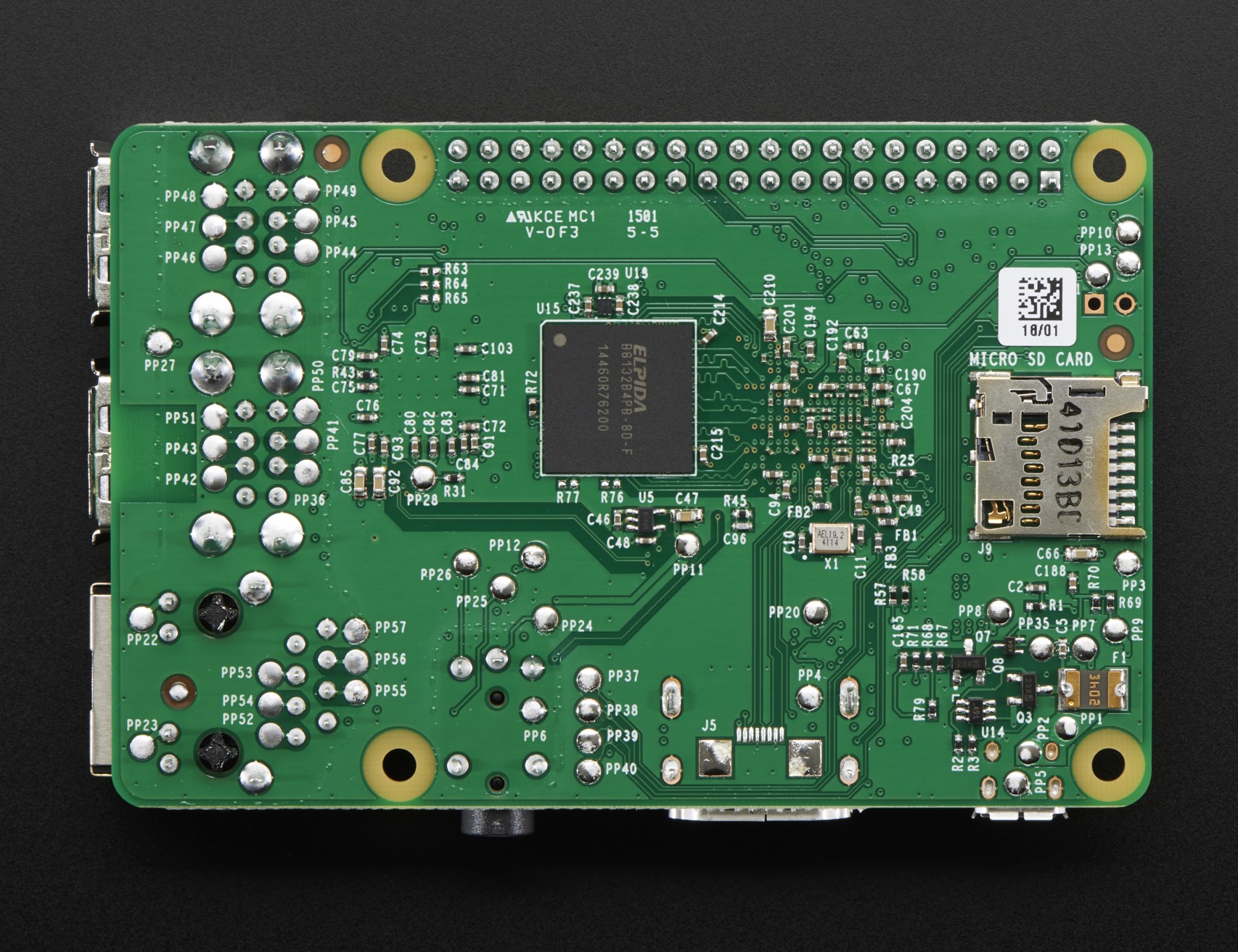I'm currently designing a PCB with some fets, logic level shifting and RS-232 connectors, to use with my Raspberry Pi 2. Now I thought, I could add a (around) 24v to 5v supply circuit, to directly power the raspberry pi on it's 5v (out) pin.
However, if I'm going to power it through the 5v pin, I'm bypassing all voltage protection circuitry. Which would be bad.
I could probably drop in a 24v to 5v regulator, but would I still need:
- Power reverse protection (swapping 5v and GND)
- Over voltage protection (hooking up the 24v to the 5v output? xD)
- Over current protection (shorts-circuit?)
- Smoothing capacitors ?
I'm also not a 100% sure what type of converter I need:
- Buck, UBEC?
- regulated (probably?)
- switching or lineair?
- Placeable on PCB or as a loose (screw able) part (is one better as the other?)
- However the other side is 24V I'm not a 100% on how accurate it is. It also has some high-current relaises (does these matter? I wouldn't want the RPI to get blown up, or lose power/voltage.)
I'm looking at a current draw of around 3A max, more is always good :)
I'm not really looking for shopping recommendations, but more of a general help/explanation on what things I should look out for.

